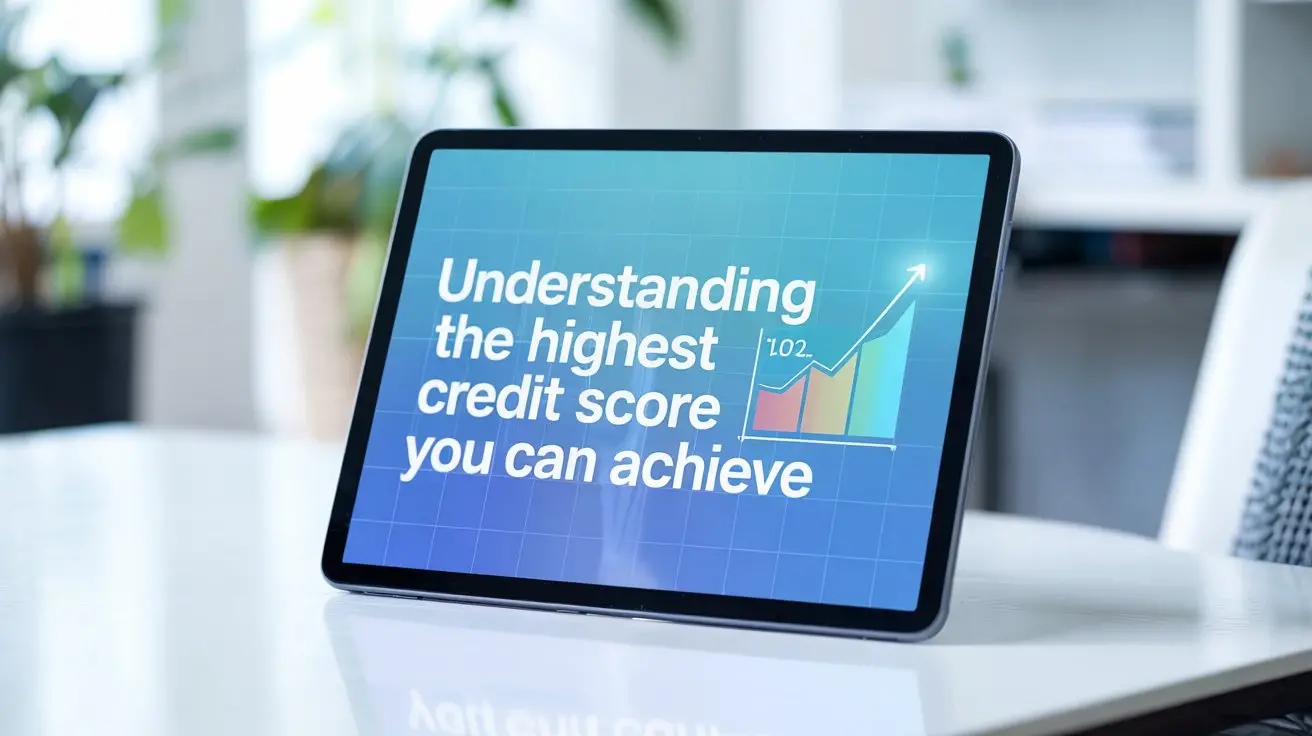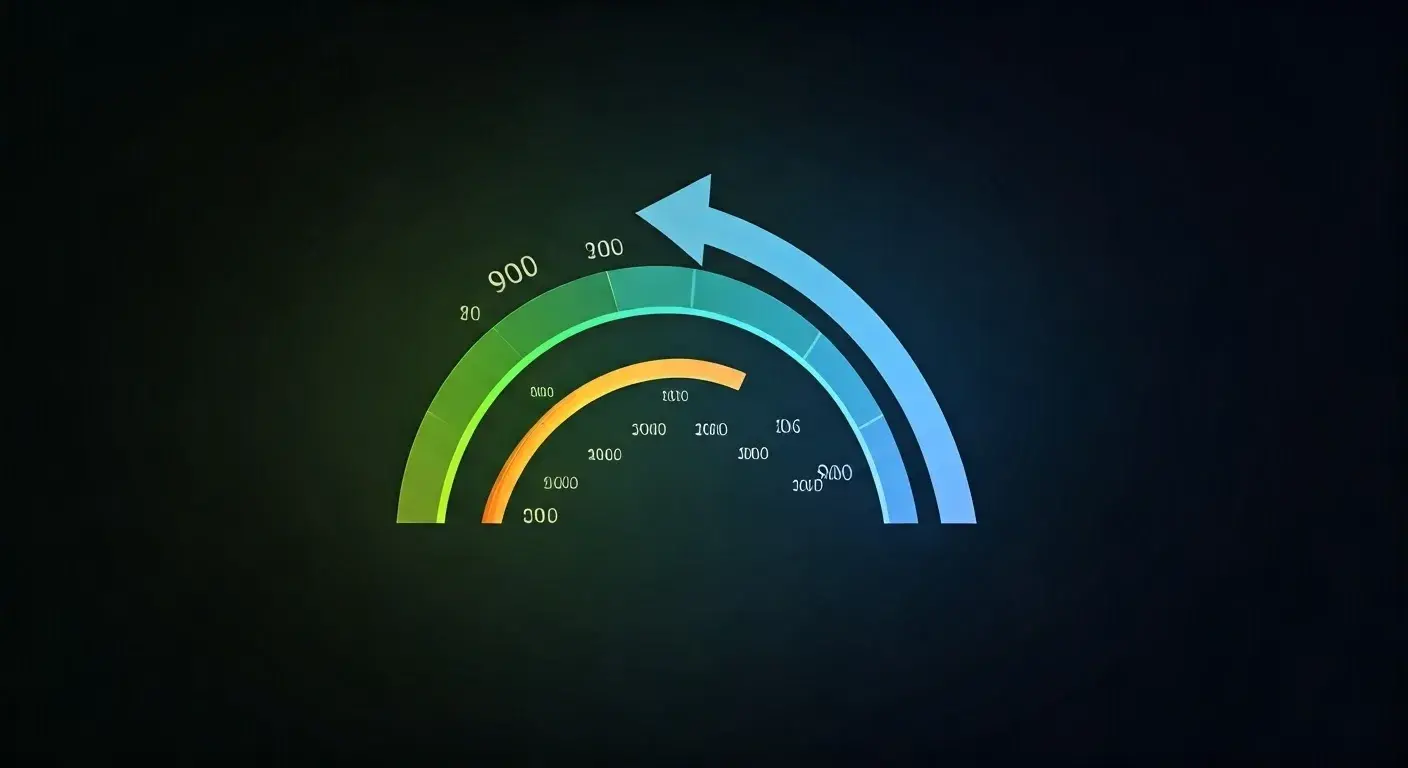-
Posted on: 31 Jul 2024
-
Understanding your credit score is vital in today’s financial landscape. It influences everything from the interest rates you receive on loans to your ability to rent an apartment. However, the world of credit scores can be confusing, especially when you hear terms like “FICO score” and “credit score” used interchangeably. While related, they are not precisely the same thing. This article will break down the differences between FICO scores and other types of credit scores, explaining what each represents and why it's crucial to understand both.
Understanding the Basics: Credit Scores and Credit Reports
Before diving into the nuances, let's establish a foundation. A credit score is a three-digit number that summarizes your creditworthiness. Lenders use it to assess the risk of lending you money. A higher score generally indicates a lower risk, leading to better interest rates and more favorable loan terms. This score is based on the information contained in your credit report.
Your credit report is a detailed history of your credit activity. It includes information such as:
- Your payment history (on loans, credit cards, etc.)
- The amounts you owe
- The length of your credit history
- The types of credit you use (credit cards, mortgages, auto loans)
- New credit accounts you've opened
- Public records such as bankruptcies
The three major credit bureaus – Equifax, Experian, and TransUnion – collect and maintain this information. It's important to check your credit reports regularly for accuracy, as errors can negatively impact your credit score.
FICO Score: The Industry Standard
The FICO score, created by the Fair Isaac Corporation, is the most widely used credit scoring model. It's used by approximately 90% of top lenders in the United States. When most people talk about a "credit score," they are often referring to their FICO score.
Key Features of the FICO Score:
- Proprietary Algorithm: FICO uses a sophisticated, proprietary algorithm to analyze the data in your credit report and generate a score. This algorithm is constantly refined and updated to reflect changing credit trends.
- Different Versions: FICO has multiple versions of its scoring model (e.g., FICO Score 8, FICO Score 9, industry-specific scores for auto lending and mortgages). Lenders may use different versions depending on their preferences and the type of loan they are evaluating.
- Score Range: FICO scores range from 300 to 850, with higher scores indicating lower risk.
Factors Influencing Your FICO Score:
The FICO score is based on five main categories, weighted as follows:
- Payment History (35%): This is the most important factor. Late payments, missed payments, and bankruptcies will significantly lower your score.
- Amounts Owed (30%): This looks at the total amount of debt you owe and, more importantly, your credit utilization ratio (the amount of credit you're using compared to your total available credit). Keeping your credit utilization below 30% is generally recommended.
- Length of Credit History (15%): A longer credit history generally indicates a more stable credit profile.
- Credit Mix (10%): Having a mix of different types of credit (credit cards, installment loans, mortgages) can positively influence your score.
- New Credit (10%): Opening too many new credit accounts in a short period can lower your score, as it may indicate financial instability.
VantageScore: A Competing Credit Scoring Model
VantageScore is the other major credit scoring model, developed jointly by the three major credit bureaus (Equifax, Experian, and TransUnion). It was designed to be a more accessible and inclusive scoring model, aiming to score more consumers than the FICO model.
Key Features of VantageScore:
- Alternative Data: VantageScore can utilize alternative data sources (like rental payments or utility bills) to score individuals with limited or no credit history. While not always used, this feature allows more people to be scored.
- Developed by Credit Bureaus: Being created by the credit bureaus gives VantageScore direct access to credit report data, potentially allowing for more timely updates.
- Score Range: VantageScore also uses a range of 300 to 850, similar to FICO.
- Scoring Factors: While the exact algorithm is proprietary, VantageScore considers factors similar to FICO, but with different weights.
Factors Influencing Your VantageScore (According to Experian):
VantageScore prioritizes credit factors a bit differently than FICO. Here's a breakdown of how Experian presents the weighting:
- Payment History: Highly Influential
- Age and Type of Credit: Highly Influential
- Percentage of Credit Limit Used: Highly Influential
- Total Balances/Debt: Moderately Influential
- Recent Credit Behavior and Inquiries: Less Influential
- Available Credit: Less Influential
FICO vs. VantageScore: Key Differences Summarized
While both FICO and VantageScore aim to assess creditworthiness, here's a concise comparison:
- Developer: FICO is developed by Fair Isaac Corporation, while VantageScore is developed by the three major credit bureaus.
- Usage: FICO is more widely used by lenders, but VantageScore is gaining traction.
- Scoring Factors and Weighting: Both models consider similar factors (payment history, amounts owed, etc.), but they assign different weights to each factor.
- Versions: Both FICO and VantageScore have multiple versions of their scoring models.
- Data Usage: VantageScore may be more likely to use alternative data sources.
- Minimum History: FICO typically requires at least six months of credit history to generate a score. Early versions of VantageScore could generate a score with less than one month of history, but this is less common with newer models.
Why Understanding Both Matters
It's crucial to understand both FICO and VantageScore because lenders may use either model when evaluating your credit application. Different lenders may also use different versions of each model. This means your credit score can vary depending on the source and the specific model used.
Knowing where you stand with both FICO and VantageScore allows you to:
- Track your credit health comprehensively: Monitoring both scores provides a more complete picture of your creditworthiness.
- Identify areas for improvement: By understanding the factors that influence each score, you can focus on strategies to improve your credit profile.
- Anticipate lender decisions: Knowing both scores can help you better understand how lenders might perceive your credit risk.
- Negotiate better loan terms: A strong understanding of your credit situation can empower you to negotiate more favorable interest rates and loan terms.
How to Access Your Credit Scores
You can access your credit scores from various sources:
- Credit card statements: Many credit card companies now provide free access to your FICO or VantageScore on your monthly statements.
- Free credit score websites: Websites like Credit Karma and Credit Sesame offer free VantageScore reports and credit monitoring. Be aware that these sites often promote financial products.
- MyFICO.com: You can purchase your FICO scores directly from MyFICO.com. They offer different subscription plans that provide access to your scores and credit reports from all three major bureaus.
- AnnualCreditReport.com: This website provides free access to your credit reports from Equifax, Experian, and TransUnion once per year. While this doesn't provide your actual score, it allows you to review the underlying data that influences your scores and identify any errors.
Tips for Improving Your Credit Score (Regardless of the Model)
The following tips can help you improve your credit score, regardless of whether a lender is using a FICO or VantageScore model:
- Pay your bills on time, every time: Payment history is the most critical factor.
- Keep your credit utilization low: Aim to use less than 30% of your available credit.
- Don't open too many new credit accounts at once: Spreading out credit applications minimizes the impact of "new credit" inquiries.
- Monitor your credit reports regularly and dispute any errors: Correcting errors can have a significant positive impact.
- Avoid closing old credit accounts: Keeping them open, even if you don't use them, can improve your credit utilization ratio and demonstrate a longer credit history.
- Be patient: Building a good credit score takes time and consistent responsible credit management.











